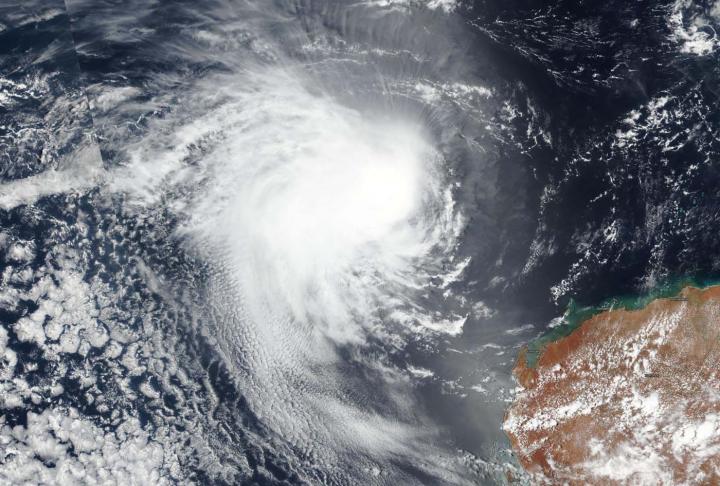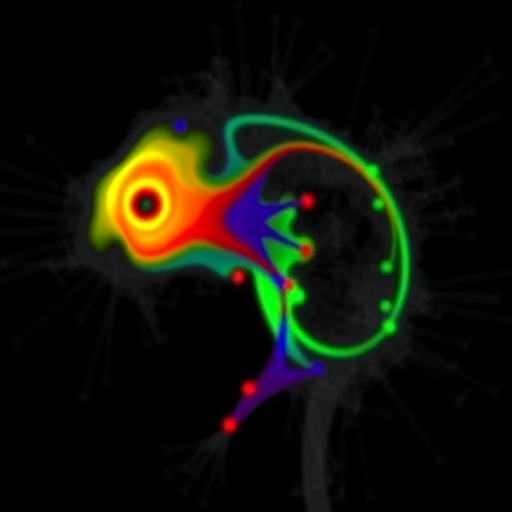
Credit: Credit: NASA Worldview, Earth Observing System Data and Information System (EOSDIS)
Tropical Storm Claudia now has two factors against it: wind shear and dry air. NASA-NOAA’s Suomi NPP satellite provided forecasters with an image of the storm on January 14 as it continued to weaken and move further away from Western Australia.
Visible imagery from NASA satellites help forecasters understand if a storm is organizing or weakening. The Visible Infrared Imaging Radiometer Suite (VIIRS) instrument aboard NASA-NOAA’s Suomi NPP satellite provided a visible image of Claudia that showed the storm continued to appear elongated. The shape of a tropical cyclone provides forecasters with an idea of its organization and strength. Usually, the more circular a storm appears, the stronger the rotation. When storms become less symmetrical, they tend to weaken. Suomi NPP’s imagery showed Claudia continued to appear elongated from west to east.
In addition to the visible imagery, microwave and other satellite imagery shows diminishing thunderstorms northwest of the center of circulation and the strongest thunderstorms, located in the southern quadrant of Claudia, have weakened. The southern quadrant storms have weakened because of dry air moving into the system and sapping thunderstorm development. In addition, easterly wind shear continues to batter the storm.
At 7:46 a.m. EST (8:46 pm WST) on Monday, January 14, 2020 the Australian Government Bureau of Meteorology (ABM) noted that Tropical Cyclone Claudia continued to move far from Western Australia. At that time it was located near latitude 18.3 degrees south and longitude 109.32 east, about 404 miles (650 km) northwest of Exmouth. It was moving to the west-southwest at 11 miles (18 kilometers) per hour. Maximum sustained winds had dropped to 47 mph (75 kph).
Tropical Cyclone Claudia is expected to continue to track towards the west southwest and slowly weaken.
Tropical cyclones/hurricanes are the most powerful weather events on Earth. NASA’s expertise in space and scientific exploration contributes to essential services provided to the American people by other federal agencies, such as hurricane weather forecasting.
###
Media Contact
Rob Gutro
[email protected]
Original Source
https:/




